Este post também está disponível em:
Português
English
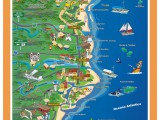
The Tourist Zone of the Whale Coast on the south coast of Bahia comprises the municipalities of Prado, Alcobaça, Caravelas, Nova Viçosa and Mucuri in the far south of Bahia.
Having been part of the Captaincy of Porto Seguro, the Whale Coast has a great diversity of landscapes with beaches, favourable for the practice of nautical sports, rivers, flowing and clean water, sandbanks and preserved mangroves.
Those who go to Bahia in search of beautiful beaches will find in Whale Coast much more than that.
You will have the opportunity to get to know the Abrolhos Archipelago of volcanic origin formed fifty million years ago.
Diving there is a great experience: the waters are clear and warm and there is a great variety of fish among the corals. Old shipwrecks and submerged caves can be visited by experienced divers.
The islands are a natural nursery for many species of birds and nesting grounds for sea turtles. Whales, which migrate from icy southern waters, stay among the reefs from July to November.
The annual arrival of the cetaceans is a feast for visitors.
The Ponta do Corumbau, of stunning beauty, has sophisticated tourist infrastructure and good cuisine.
Heading south, the villages of Barra do Cahy and Cumuruxatiba attract people who prefer simpler and more relaxed environments and ecotourism enthusiasts.
These villages are connected to Prado by dirt roads that follow the seafront.
If you stay in Prado, you can visit Alcobaça, with its centuries-old buildings, a legacy of Portuguese colonisation, the resort of Guaratiba and the beaches.
The small and provincial Caravelas, closer to Abrolhos, has a good structure for trips to the archipelago.
In Nova Viçosa, the largest town in the region, the beaches have huts with sun loungers and parasols.
Located in the extreme south of Bahia is Mucuri, a land of virgin nooks and crannies, sought after by capixabas and miners, busy in the summer and quiet in the other months of the year.
The Whale Coast provides an environment for water sports and diving, has beautiful beaches, rivers, ecological trails and good seafood cuisine.
Video about the Whale Coast in Bahia
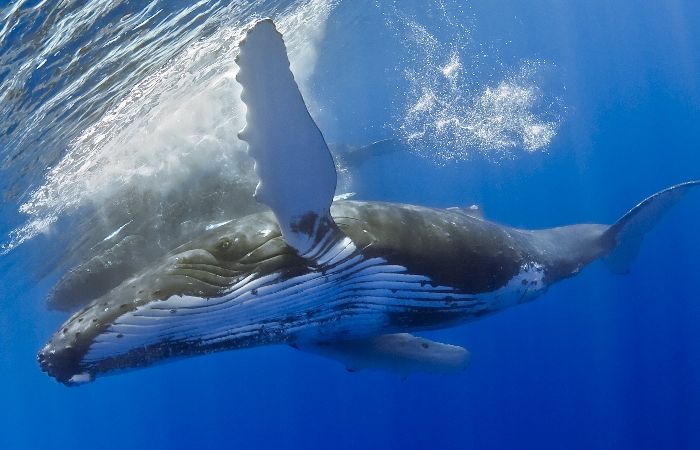

Costa das Baleias na Bahia
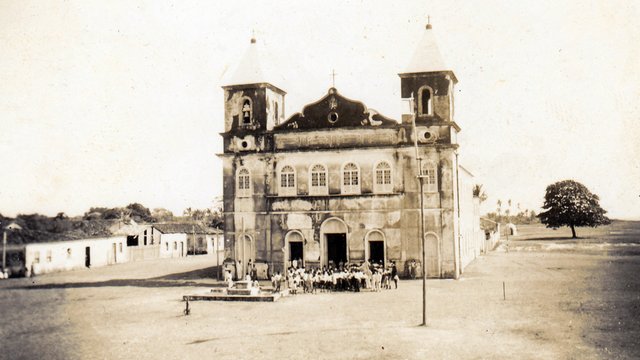
Alcobaça - História07:39
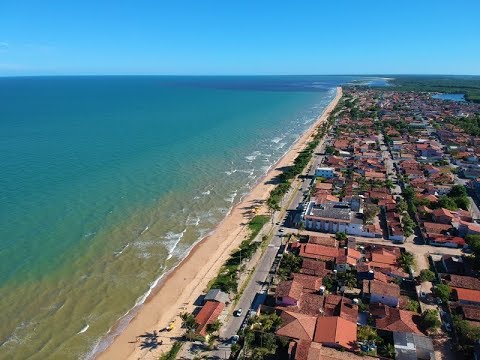
Alcobaça - Guia de Turismo04:15
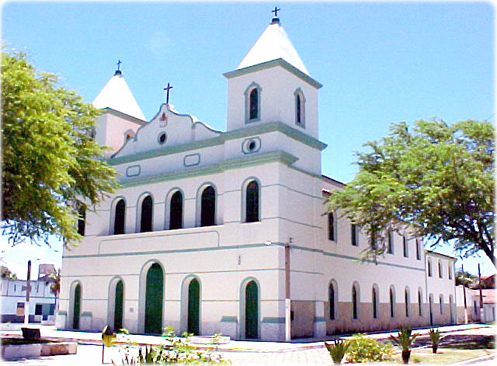
Alcobaça - Drone02:49
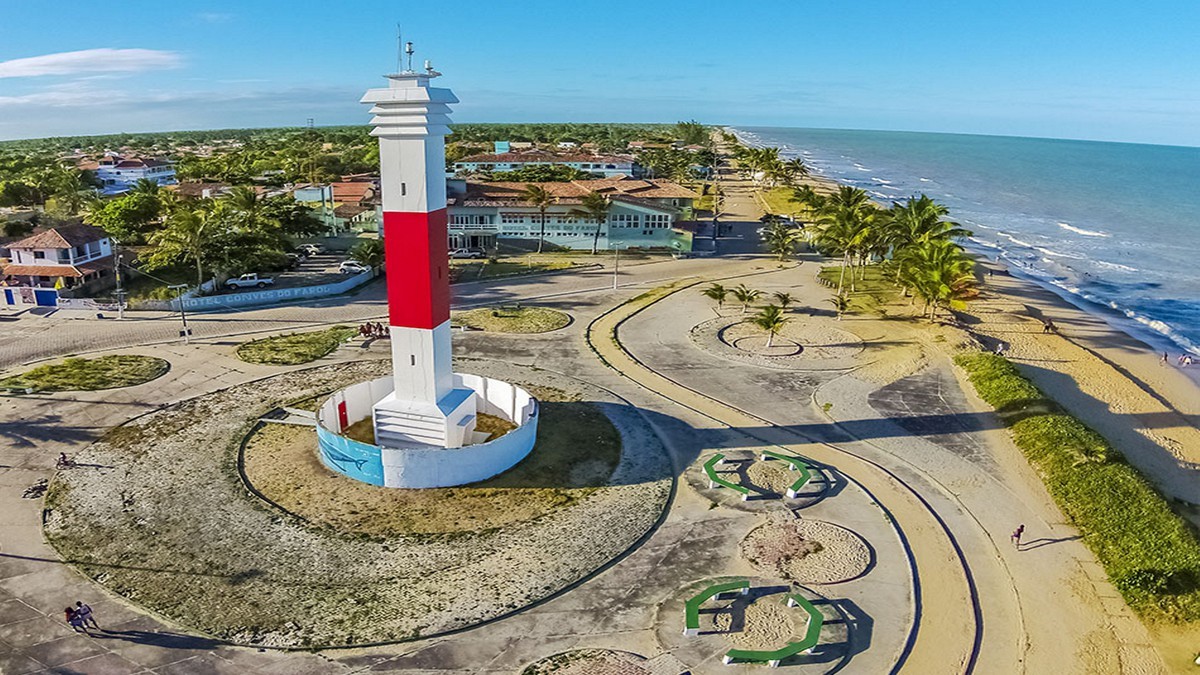
Alcobaça na Bahia - Vista Aérea03:02
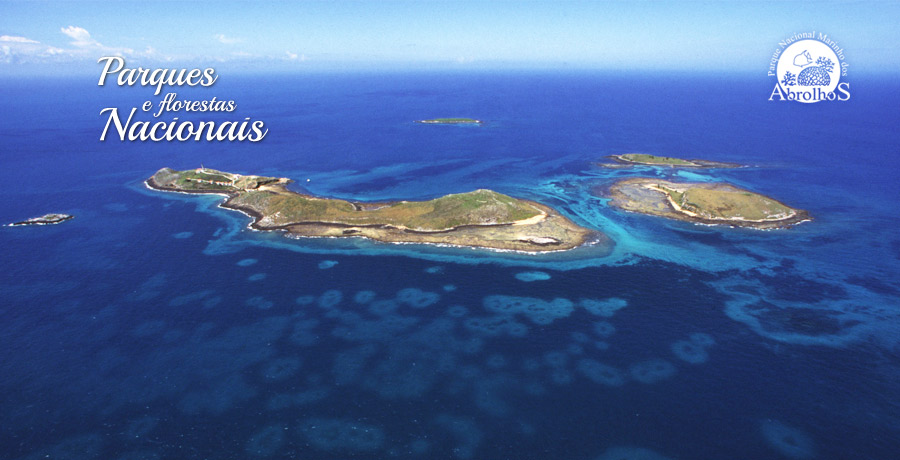
Fundo do mar do Arquipélago de Abrolhos
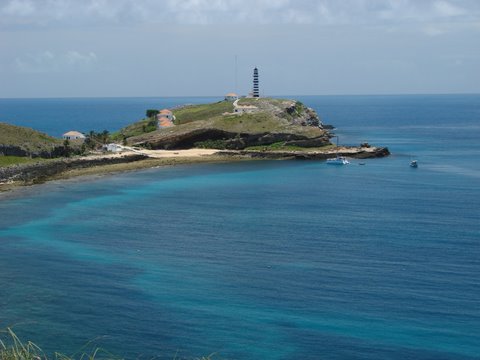
Arquipelago de Abrolhos - Globo Reporter10:47
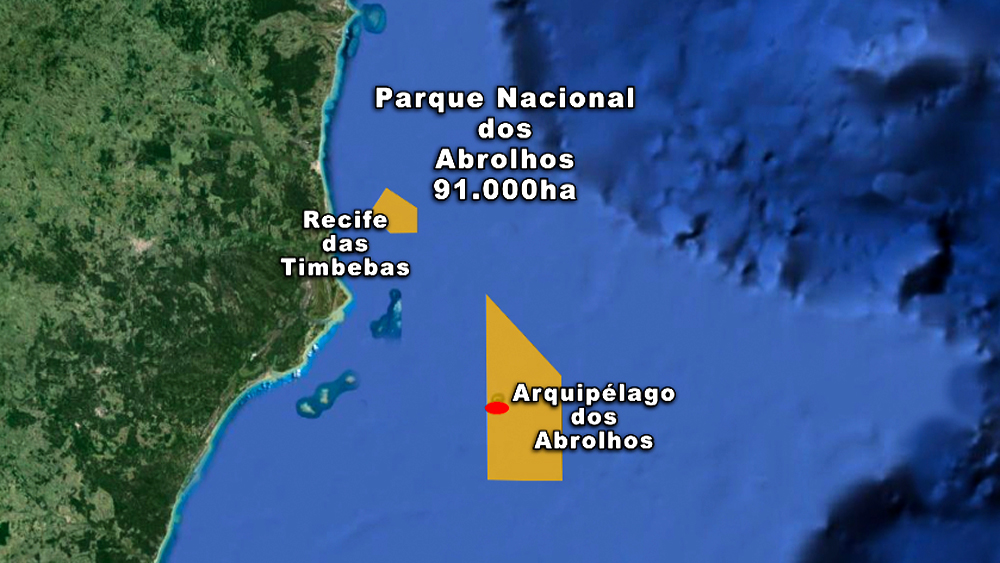
Arquipélago de Abrolhos - Reportagem Completa49:17
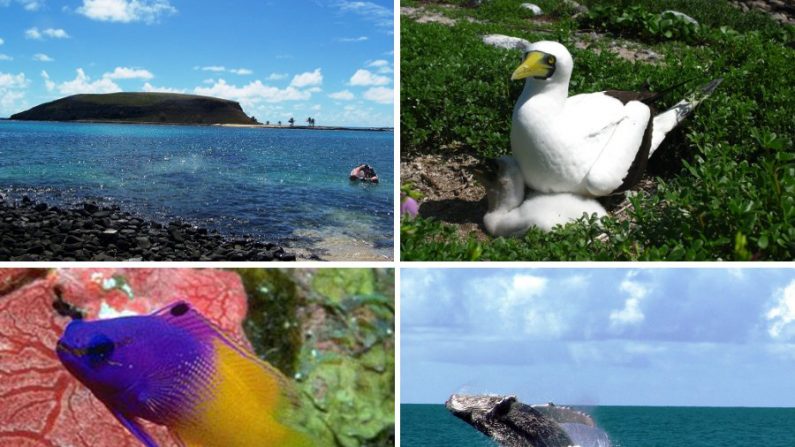
Arquipélago de Abrolhos - Mar de Abrolhos10:23
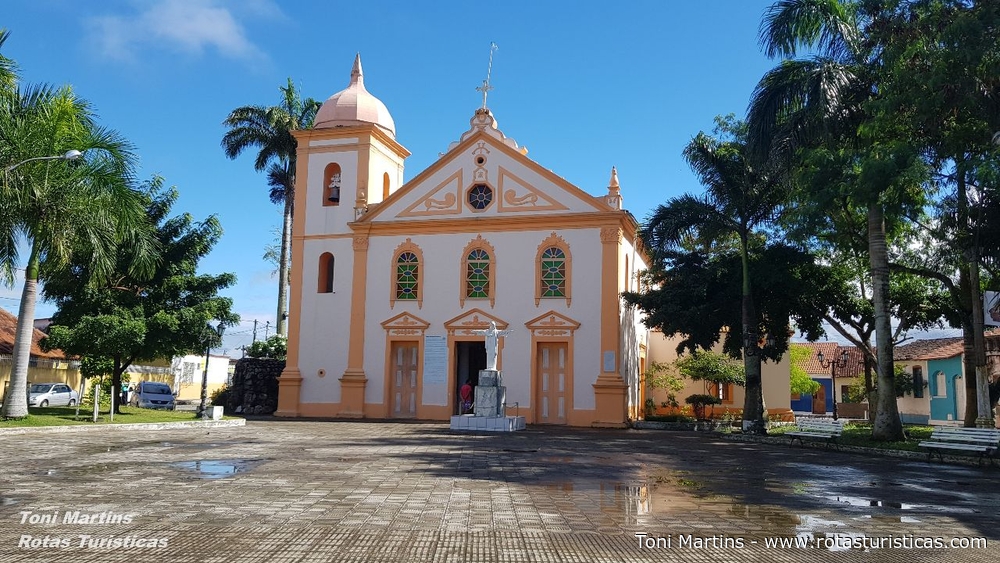
Caravelas - Guia de Turismo02:43
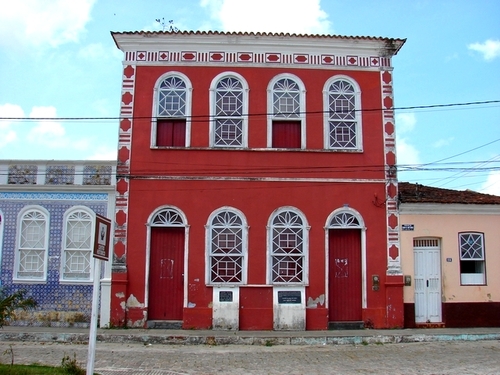
Centro Histórico de Caravelas na Bahia
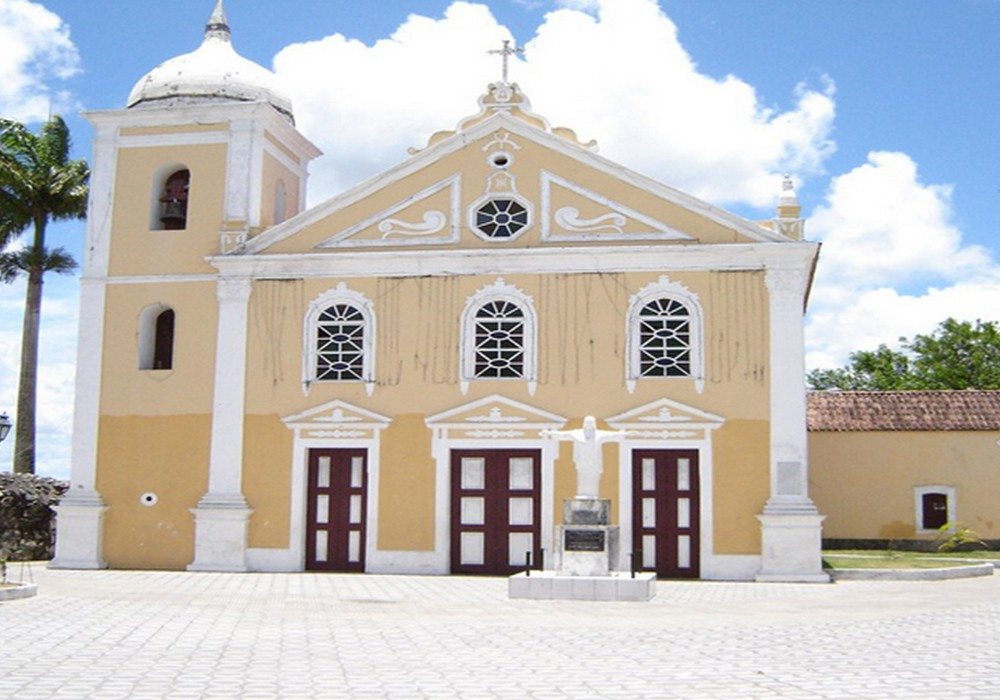
Caravelas BA - Guia de Turismo02:52
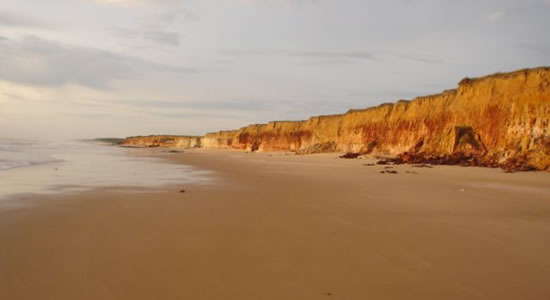
Mucuri - Costa Dourada02:09

Mucuri - Costa Dourada - Guia de Turismo

Praia de Mucuri na Bahia03:56

Passarela Ecológica do Gigica em Mucuri02:39
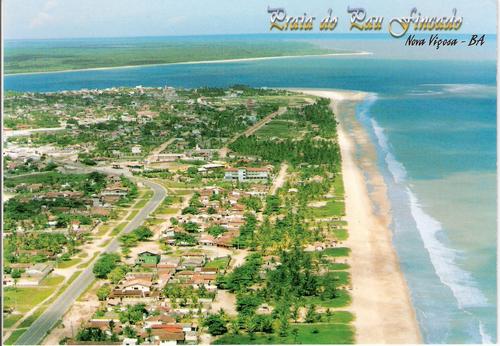
Nova Viçosa Vista de Cima05:11

NOVA VIÇOSA no sul da Bahia12:50
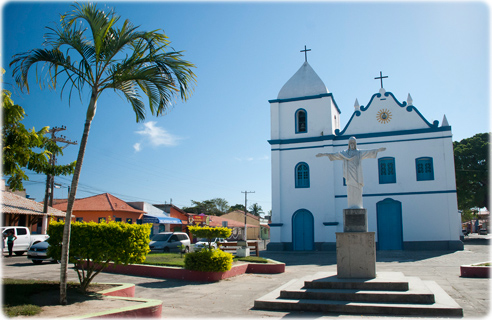
Prado na Bahia03:14
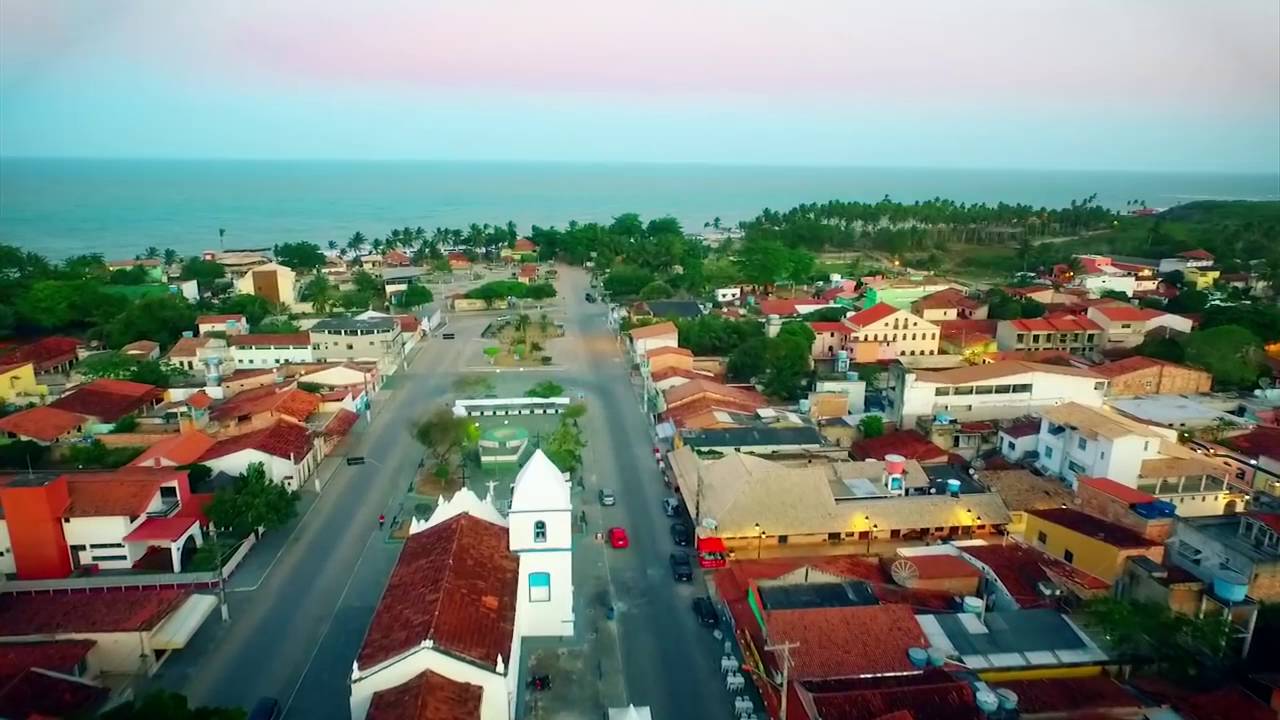
Roteiro de 2 dias em CUMURUXATIBA15:42
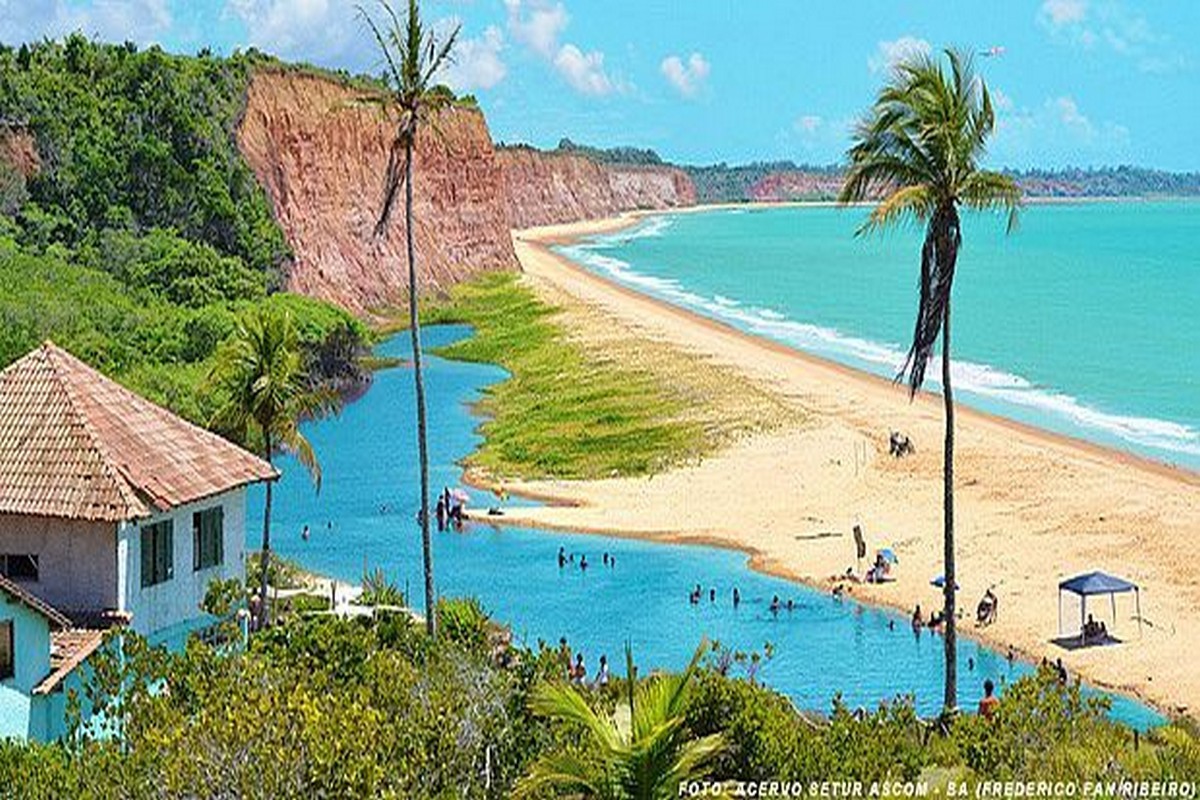
Praias de Prado - Praia das Falésias a Corumbau 10:18
Tourist Spots of the Whale Coast
- Alcobaça
- Arquipélago de Abrolhos
- Caravelas na Bahia
- Mucuri
- Nova Viçosa
- Prado na Bahia
1. Alcobaça
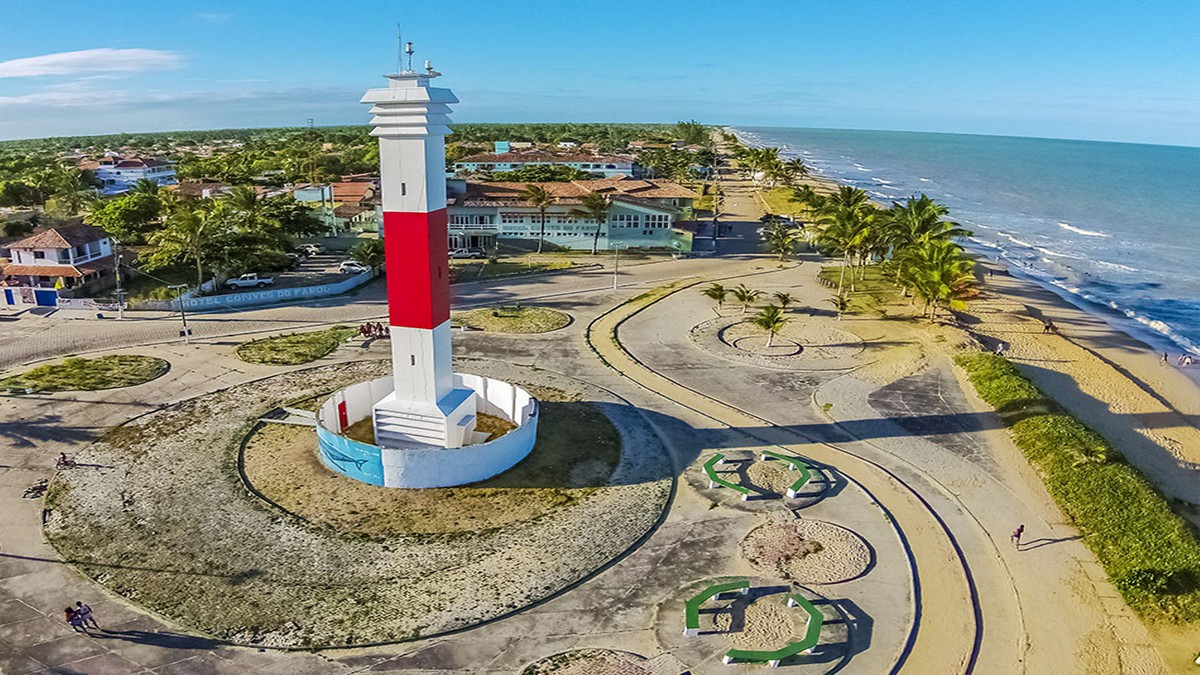
The first settlers who settled on this stretch of the Bahian coast founded the village of São Bernardo de Alcobaça in 1752, which today lives on farming and fishing.
In Alcobaça on the Whale Coast, situated 830 kilometres from Salvador are some old buildings, not all of them well preserved.
1. A beautiful coastline with cliffs and beaches
Its coastline has cliffs, beautiful beaches, coconut trees, lagoons, rivers, mangroves, rich fauna and flora and is a strategic starting point for the Abrolhos archipelago and Parcel de Paredes.
2. The summer party
In summer everything is a party, with an intense musical programme, gymkhanas and sports competitions. In the low season, the place is perfect for a closer contact with the people, an opportunity to get to know local legends about pirate treasures hidden in the vicinity of the city.
3. Parcel de Paredes
The reefs, which harbour rich marine fauna, are a paradise for shipwreck divers.
The steamer Guadiana, submerged at a depth of 27m, wrecked in 1885, is the biggest attraction, but recently the steamer Nébula, submerged at 12m, was discovered. Specialised companies provide diving equipment and organise expeditions to Abrolhos and Parcel de Paredes. 13km from the coast.
4. Alcobaça Beach
It has strong waves. Rustic restaurants serve seafood-based dishes. In front of the city
5. Farol Beach
Continuation of the city beach, with access by the seafront avenue. In the surroundings there are inns and gated communities. 2 km north of the centre.
Praia dos Coqueiros Further away and deserted, it is excellent for surfing. 3 km north of the centre.
6. Zeloris Beach
Deserted. Favourable for walking, swimming and water sports. 6 km south of the centre
Barra do Itanhém Beach
This beach has the stunning scenery of the waters of the river meeting the sea. In the vicinity there are many holiday homes and a restaurant along the waterfront. It is 4 km south of the centre.
2. Archipelago of Abrolhos
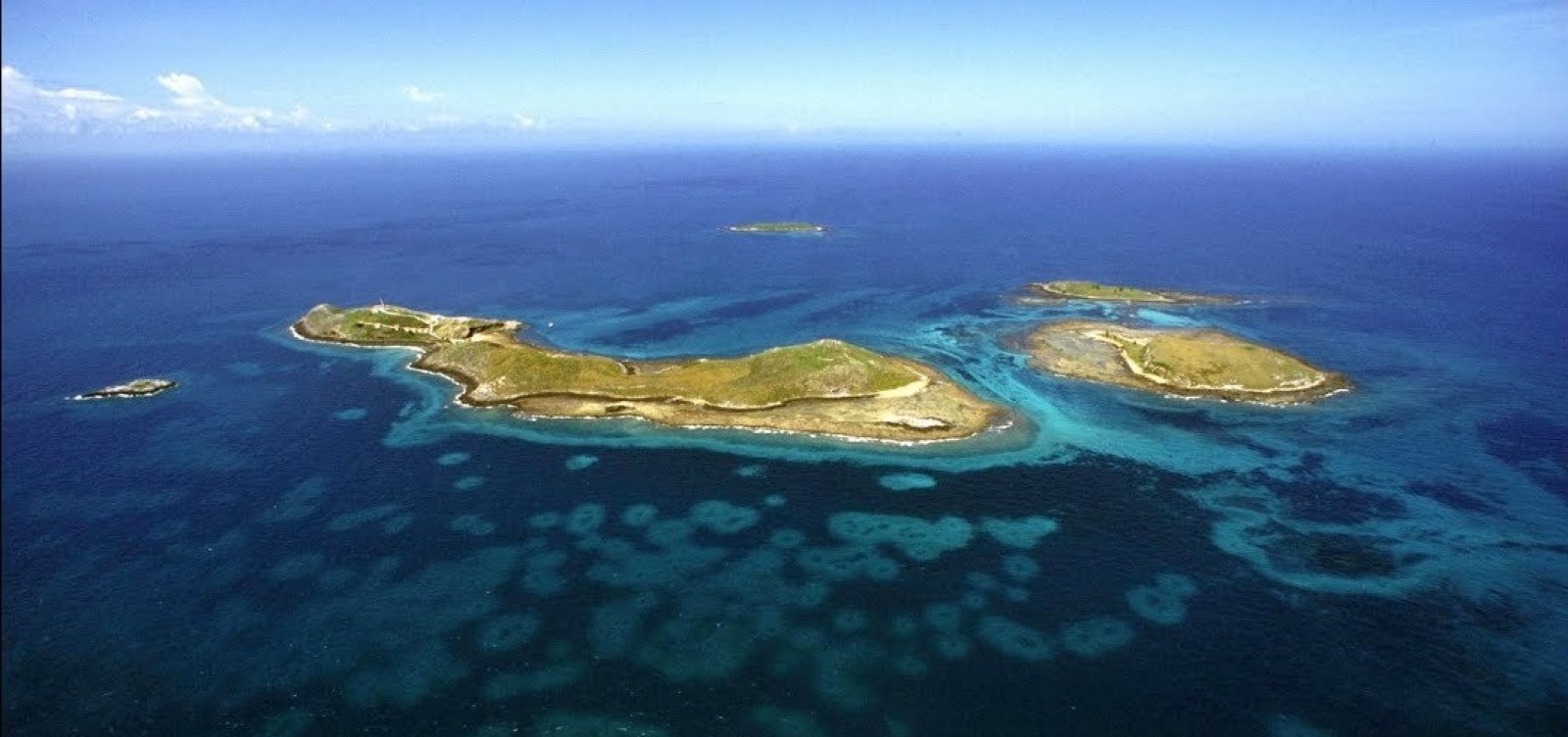
The Abrolhos Archipelago on the Whale Coast is an archipelago located in the Atlantic Ocean 70 kilometres off Caravelas (Bahia). It is one of the most important environmental protection areas in Brazil.
Geographical data and tourist information
- The islands of the Abrolhos archipelago are spread over an area of approximately 912 km².
- The islands of the Abrolhos archipelago are spread over an area of approximately 912 km².
- The archipelago is home to the Abrolhos National Marine Park, which is a protected marine area and an important tourist attraction.
- The islands of the Abrolhos archipelago are spread over an area of approximately 912 square kilometres.
- The Abrolhos archipelago is made up of five islands: Redonda Island, Siriba Island, Sueste Island, Santa Bárbara Island and Guarita Island.
- The archipelago is made up of five islands.
- The archipelago is located approximately 70 kilometres off the coast of Bahia.
- There are many coral formations (reefs) in the archipelago. The main species of corals present in the marine waters of Abrolhos are: black corals, hydro corals (fire corals), stony corals and octocorals.
- The fauna of the archipelago is located in the Bahian coast.
- The fauna of the archipelago (terrestrial part) is composed mainly of birds. Among the main species observed in Abrolhos, we can highlight: white-winged booby, masked booby, brown booby, frigatebird, Benedict’s booby and grazing booby.
- The climate in the archipelago is very favourable.
- The climate in the Abrolhos Archipelago is tropical semi-humid. The average annual temperature is 25°C.
- The climate in the Abrolhos Archipelago is semi-humid tropical.
3. Caravelas na Bahia

Caravelas on the Whale Coast is in the extreme south of Bahia, 870 km from Salvador and 36 km south of Prado, on the BA-001, on the banks of the Caravelas River, which meets the sea there.
Along the coast near the town there are beautiful beaches, Kitongo, Grauçá and Iemanjá in Barra de Caravelas.
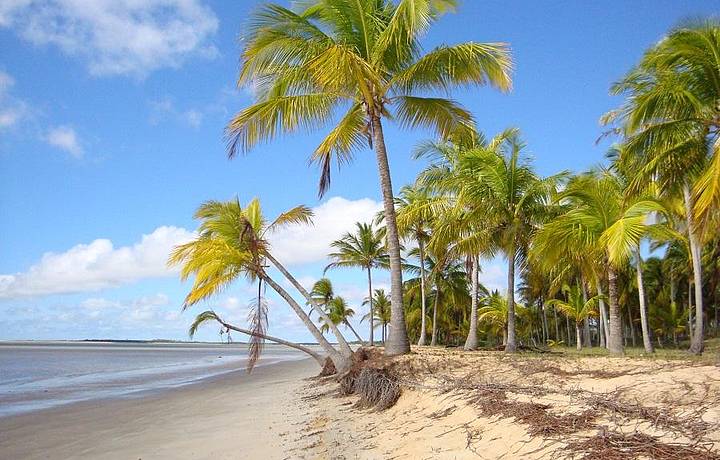
The city of Caravelas on the Whale Coast has a reasonable hotel structure and traditional religious festivals attended by thousands of people.
And it’s not for nothing: in its crystal-clear waters, where visibility reaches 20 metres deep, thousands of marine species are hidden, as well as shipwrecks and a diversity of corals only seen in the region.
From this small town on the southern coast of Bahia, boats leave for the Abrolhos National Marine Park, which has the largest coral formation in the South Atlantic and is one of the best diving spots in the country.
Caravelas is one of the few towns on the coast of Bahia where the centre is not close to the beach.
The village was built on the banks of the Caravelas River. From there, boats depart daily in the direction of Abrolhos. The beach is 6 km away.
4. Mucuri
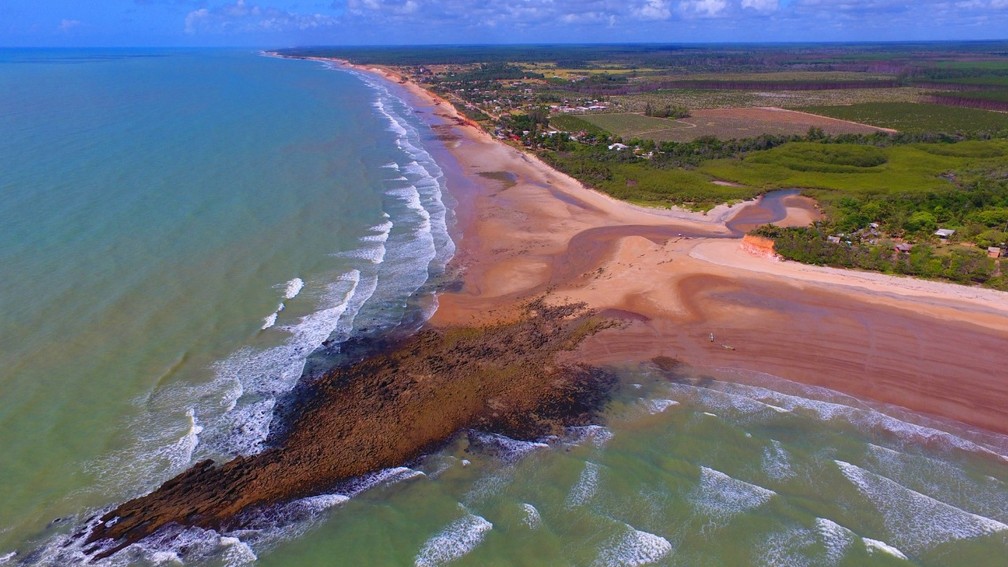
Mucuri on the Whale Coast has a rare landscape, dominated by huge cliffs – reaching 18m in height – amidst restingas and the highest mangroves, Mucuri opens up into 35km of discontinuous beaches, cut by countless rivers and creeks, on an almost deserted coast and graced by sandbanks that enter the sea.
The Costa Dourada is a stronghold of peace and calm, a paradise of untouched beaches surrounded by nature. Located in the extreme south of the state, exactly on the border with Espírito Santo, Mucuri is the first municipality in the northeast for those arriving in Bahia in the southeast / northeast direction, and the last for those leaving, in the opposite direction.
A transitional region between the east and the northeast, Mucuri has very particular characteristics.
In addition to the Bahian way, habits and customs have been incorporated from Minas Gerais, Goiás and Espírito Santo, the locality’s neighbours. The cultural mix also includes influences from Portuguese colonisation and indigenous tradition.
Flat, wooded and with strong characteristics of a summer town, Mucuri reserves daytime and nighttime bustle. On the main avenue, Petrobrás, the young people usually gather around the bars, snack bars and ice-cream parlours.
The good local infrastructure also includes restaurants, hotels, inns, boutiques and craft shops.
5. Nova Viçosa

In Nova Viçosa, on the Whale Coast, on the south coast of Bahia, the walks through the village are those typical of tourists in search of peace and jaw-dropping landscapes.
The delicious waters of the region are found at Barra Velha beach located on Cassumba Island, semi-deserted without restaurant infrastructure but with beauties that surprise, it is one of the most beautiful in the city;
1. Atlantic Coast Beach
15 km from the centre, it is the most deserted of all with a strip of sand suitable for walking and rough sea for surfing; Sabacuí Beach, with good infrastructure with inns and bars in the surroundings;
2. Pau Fincado Beach
It gathers restinga vegetation and calm sea;
3. Common Place Beach
It is very close to the centre, surrounded by coconut trees and has a large number of stalls, so it receives most tourists;
4. Pontal da Barra Beach
Located at the mouth of the Peruipe River, favourable for bathing between the sandbanks that form and Praia da Barra, it reserves turbid waters provided by the meeting of the sea with the river.
In almost all beaches the request is to take boat trips to Bara Velha where you travel through rivers and mangroves and leads to the beautiful Cassumba Island.
5. Other tours
Another boat trip is to Coroa Vermelha, an island full of corals, natural pools, white sand crowns and a lighthouse that serves as a lookout.
There you can snorkel to get a closer look at the colourful fish that sneak along the cliffs.
Another popular tour among tourists is the humpback whale watching, the visit includes an explanation about the habits of the animals and then a boat trip of more than an hour that leads to the best observation point.
This tour takes place exclusively from July to November, when the whales migrate from the South Pole to Brazil. Get your camera ready to take lots of pictures of your experience.
The city is also home to old mansions and churches from centuries past.
6. Prado in Bahia
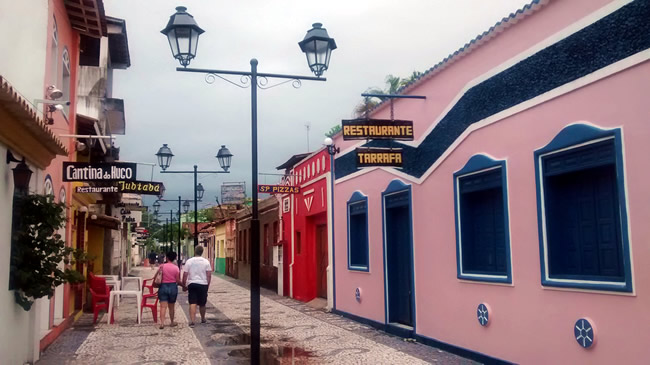
With an extensive coastline, the city of Prado on the Whale Coast has paradisiacal beaches with warm and calm waters. Considering the entire coast, there are 84 km of beautiful beaches and landscapes that are almost untouched, that is, nature is super conserved.
To enjoy the view framed by the cliffs, a boat trip or a simple walk along the north coast is recommended.
The history of Prado began when Pedro Álvares Cabral’s fleet landed on the Caí River, which belongs to the city.
It was at this time that they took possession of Brazil on behalf of Portugal.
Not enough of its charms, Prado is part of the history of the discovery of Brazil. More than five hundred years have passed, and the scenery of this region of Rio Caí is still the same as Brazil in its early years.
The beaches in the centre and in Novo Prado are full of greenery and coconut trees.
In Prado, there are many semi-deserted beaches, where its inhabitants still practise artisanal fishing.
The most frequented have an excellent infrastructure, with beach huts that offer their customers delicious snacks. The coastline of Prado is all cut by kilometres of cliffs, with undergrowth covering some points.
Nature is a spectacle that fills the visitor’s eyes.
1. Praia da Paixão
Another tourist spot, located 13 km from the centre of Prado is Praia da Paixão.
This place is a pleasant and picturesque corner, with sea of calm and clear waters, having a freshwater stream that cuts the beach.
2. Tororão Beach
Another place you can’t miss is Praia do Tororão.
This place has a unique beauty, with a small freshwater waterfall that descends from the cliffs and goes straight into the sea, providing a spectacular view to the tourist.
See the map of the Costa das Baleias
Bahia.ws is the largest tourism and travel guide of Bahia and Salvador.
Tourism and Travel Guide of the Whale Coast



















